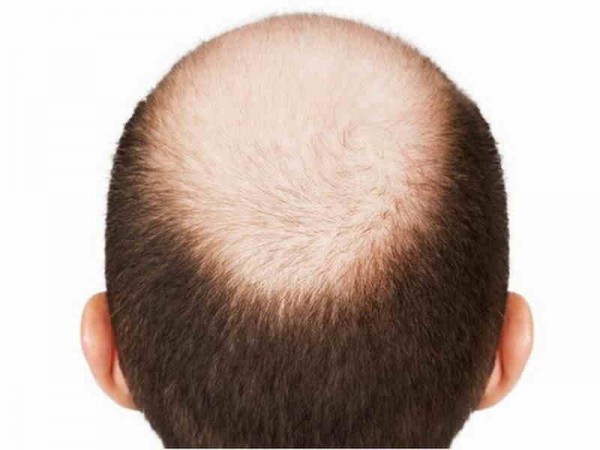Alopecia, a condition characterized by hair loss, can be distressing. Knowing the warning signs can help you take timely action. Let's explore the indicators of alopecia and what you can do about them.
Recognizing the Initial Clues
- Thinning Hair: Noticeable thinning, especially around the crown or temples, could signal the onset of alopecia.
- Increased Hair on Pillow: Finding more hair on your pillow in the morning may indicate excessive hair shedding.
- Widening Part: A broader hair part than usual might be an early indication of hair loss.
Digging Deeper: Types of Alopecia
- Androgenetic Alopecia: Commonly known as male or female pattern baldness, it follows a specific pattern.
- Alopecia Areata: This involves sudden hair loss in round or oval patches, often linked to an autoimmune response.
- Telogen Effluvium: Caused by stress or hormonal changes, this leads to diffuse hair shedding.
Paying Attention to Symptoms
- Itchy Scalp: Persistent itching could be a sign of an underlying scalp condition contributing to hair loss.
- Pain or Sensitivity: Sensations of pain, tingling, or tenderness on the scalp shouldn't be ignored.
- Brittle Nails: Weak and easily breakable nails might be linked to certain types of alopecia.
Lifestyle Factors and Their Impact
- Stress: Chronic stress can trigger hair loss, so managing stress levels is crucial.
- Dietary Deficiencies: Poor nutrition, especially of iron and protein, can contribute to hair loss.
- Hair Care Practices: Overuse of heat styling tools or tight hairstyles can damage hair follicles.
Seeking Professional Assistance
- Dermatologist Consultation: If you suspect alopecia, consulting a dermatologist is essential for proper diagnosis.
- Diagnostic Tests: Dermatologists may conduct blood tests, scalp biopsies, or pull tests to determine the type of alopecia.
- Treatment Options: After diagnosis, your dermatologist can recommend treatments tailored to the specific type of alopecia.
Embracing Solutions
- Medications: For androgenetic alopecia, medications like minoxidil and finasteride can slow down hair loss.
- Topical Treatments: Corticosteroid creams or ointments are used to treat alopecia areata.
- Hair Restoration: Techniques like hair transplant surgery can restore lost hair in some cases.
The Importance of Self-Care
- Healthy Lifestyle: Adequate sleep, a balanced diet, and regular exercise promote overall well-being, including hair health.
- Gentle Hair Care: Use mild shampoos and avoid excessive brushing or styling to prevent additional hair loss.
- Avoiding Triggers: If you've identified triggers, like certain foods or stressors, strive to avoid them.
In your journey to spot the warning signs of alopecia, remember that early detection and proactive measures are key. By paying attention to the signals your body sends and seeking professional guidance, you can address alopecia and maintain healthy hair.
Scratching the Surface: Dealing with Itchy Scalp Woes
Indications that your liver requires treatment
15 Practices That Will Help You Stay Young Forever
